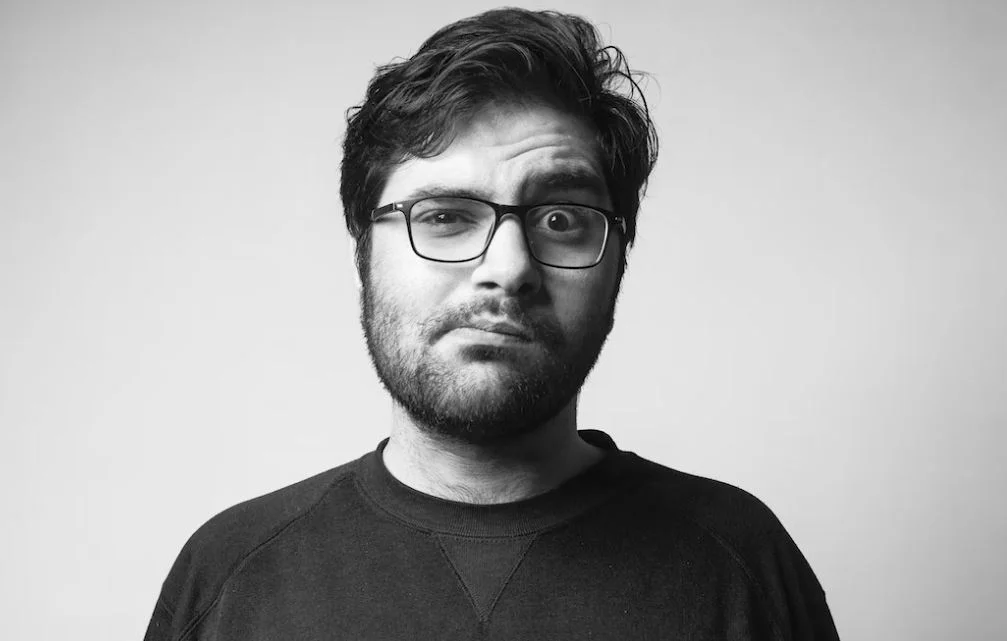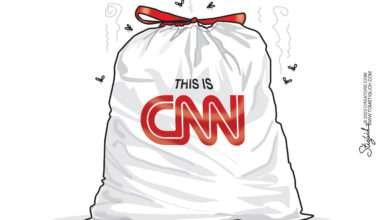Welcome to the full employment recession
The economy has just seen two successive quarters of negative growth in Gross Domestic Product (GDP). That means we are in a recession. However, since the unemployment rate is at a full employment level and since the economy continues to add hundreds of thousands of new jobs each month, some economists say that we can’t be in a recession. Maybe, though, we are experiencing something new: a full-employment recession.
There is no doubt that the economy today is producing at rate that is about 2.5% less than the rate at year end 2021. In other words, we haven’t seen economic growth since the end of last year. But if the economy is shrinking, how can so many new jobs be added?
The answer is that we are experiencing something never seen before with economic activity. We are experiencing a full employment recession. This is a result of the severe labor shortage the economy has seen since mid-2020.
Some years ago, economist and NYU Professor Solomon Fabricant used the term “growth recession” to describe a condition where the economy is growing but the slow pace of growth is not sufficient to provide a job for all Americans who have just entered the labor force. As a result, unemployment increases even though the economy is growing.
Today we have a situation where the economy is shrinking yet there is a full employment level. Some of the current administration’s economists are saying we can’t be in a recession if we are at full employment.
The reason this is happening now, and it never happened before, is because of the severe labor shortage that has existed since the country started to recover from the government-induced recession in 2020.
In March 2020, the pandemic had just started. Health care officials advised that the economy be completely shut down, at least for 15 days. The “fifteen days to slow the spread” turned into 45 days. That plunged the economy into a deep, but very short-lived recession.
To end the recession and minimize the pain to the American public, the government decided to give all households free money. Over the next two years, trillions of dollars were given to households in the form of stimulus checks, increased unemployment benefits and other benefit programs. In addition, Americans could stop paying their rent and not be evicted from their homes. College grads did not have to make payments on their student loans.
Now it is clear that the government overstimulated the economy. Nearly $3 trillion was saved by households who simply did not need to spend the money. Trillions more dollars were spent by these households, often to purchase goods that were in short supply. This led to the near double-digit inflation we are currently experiencing.
Many mostly lower-income workers chose not to return to their job when their employer called them back. These workers were living off the stimulus money they received, and they were not paying their rent or their student loans. Many liked this lifestyle and chose to stay out of the workforce, at least until the money runs out. The labor force participation rate fell. Employers had millions of open jobs that could not be filled.
Even today there are nearly 11 million job openings and less than 6 million unemployed workers. Because of this labor shortage, the unemployment rate will likely stay below 4%, which is generally considered a full employment level. The result is that we are in a full employment recession, where GDP is declining but the unemployment rate is not significantly increasing.
To illustrate, suppose a small business needs ten workers to operate efficiently. The company has been employing nine workers for the past year or so, mostly because they have been unable to find any new workers. They’ve had a job opening for well over a year.
As the economy slows, the business owner does not lay off a worker. Rather, the job opening for the tenth worker is withdrawn and the firm is happy to have just nine people employed. The mild recession we are apt to see in 2022-23 means a sharp reduction in job openings with only a slight increase in unemployment.
Welcome to the new normal: the full-employment recession.
Content created by Conservative Daily News and some content syndicated through CDN is available for re-publication without charge under the Creative Commons license. Visit our syndication page for details and requirements.




